- The Benefits of Room Peppers
- 1. High in Nutrients
- 2. Aid in Digestion
- 3. Support Weight Management
- 4. Rich in Antioxidants
- 5. Versatile and Delicious
- Why Room Peppers Are a Popular Indoor Plant
- Caring for Room Peppers After Picking
- 1. Sort and clean the peppers
- 2. Remove the stems and seeds
- 3. Store in a cool and dry place
- 4. Use them within a week
- 5. Add to your favorite dishes
- 6. Freeze for later use
- Choosing the Right Location for Your Room Peppers
- Sunlight
- Temperature
- Humidity
- Adequate Space
- Avoiding Drafts
- Providing the Right Amount of Light for Room Peppers
- 1. Indirect sunlight
- 2. Duration of light
- 3. Light intensity
- 4. Artificial grow lights
- 5. Light duration for fruiting
- Properly Watering Your Room Peppers
- 1. Watering Frequency
- 2. Watering Amount
- 3. Watering Method
- 4. Water Quality
- 5. Maintaining Moisture Levels
- 6. Signs of Underwatering/Overwatering
- The Importance of Watering Room Peppers
- 1. Hydration
- 2. Nutrient Absorption
- 3. Photosynthesis
- 4. Cooling Mechanism
- 5. Disease Prevention
- 6. Fruit Development
- The Impact of Watering on Room Pepper Growth
- The Role of Water in Room Pepper Growth
- The Importance of Proper Watering Techniques
- Conclusion
- The Role of Watering in Room Pepper Health and Yield
- 1. Watering Frequency
- 2. Watering Techniques
- 3. Watering Amount
- 4. Watering Schedule
- 5. Mulching
- Q&A:
- Why is watering important for room peppers?
- How often should I water room peppers?
- What is the best way to water room peppers?
- Can I use tap water to water my room peppers?
- What should I do after picking room peppers?
- Video: How to Make Your Pepper Plants Produce All Season
Room peppers, or bell peppers, are a popular vegetable in many households. They are not only delicious but also packed with vitamins and nutrients. After picking room peppers, it’s important to properly care for them to ensure they stay fresh and maintain their nutritional value. One key aspect of caring for room peppers is ensuring they are properly watered.
Watering is crucial for the health and longevity of room peppers. The plants require a consistent and adequate water supply to thrive and produce healthy fruits. Without sufficient water, room peppers may become wilted, withered, or even die. Additionally, proper watering is essential for the development of juicy and flavorful peppers.
It’s important to water room peppers regularly, especially during hot and dry weather conditions. The frequency of watering will depend on various factors, including the size of the plants, the climate, and the type of soil. Generally, room peppers require about 1-2 inches of water per week. However, it’s important not to overwater, as excessive moisture can lead to root rot and other diseases.
When watering room peppers, it’s best to provide deep and thorough watering rather than shallow and frequent watering. Deep watering ensures that the water reaches the deeper root system of the plants, promoting strong and healthy growth. It’s also advisable to water the plants early in the morning or late in the evening to minimize evaporation and allow the leaves to dry before nightfall, reducing the risk of diseases.
The Benefits of Room Peppers
Room peppers, also known as indoor peppers, are a popular choice for home gardeners looking to grow fresh vegetables year-round. These small, colorful peppers not only add flavor and variety to your cooking but also have numerous health benefits. Here are some of the main advantages of including room peppers in your diet:
1. High in Nutrients
Room peppers are packed with essential vitamins and minerals. They are an excellent source of vitamin C, which helps boost the immune system, supports collagen production, and acts as an antioxidant to protect the body from damage caused by free radicals. These peppers also contain vitamin A, vitamin E, vitamin K, and various B vitamins, all of which are important for maintaining good overall health.
2. Aid in Digestion
Room peppers are rich in fiber, which can help improve digestion and prevent constipation. A diet high in fiber has been linked to a lower risk of developing digestive disorders, such as diverticulosis and hemorrhoids. Eating room peppers regularly can contribute to a well-functioning digestive system and promote gut health.
3. Support Weight Management
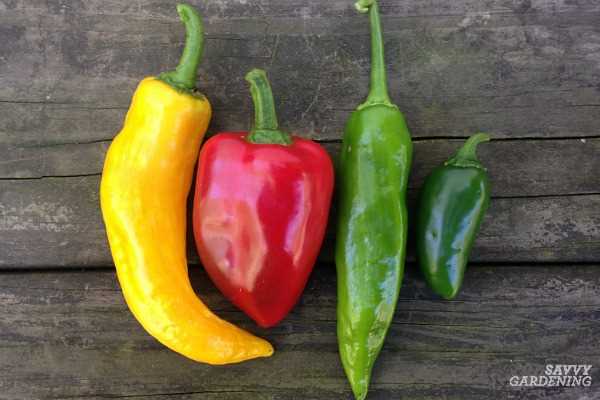
Room peppers are low in calories and high in water content, making them an excellent choice for those aiming to manage their weight. The fiber in these peppers also adds bulk to the diet, promoting a feeling of fullness and reducing hunger cravings. Including room peppers in your meals can help you feel satisfied while consuming fewer calories.
4. Rich in Antioxidants
Room peppers are loaded with antioxidants, which help protect the body against oxidative damage. These powerful compounds can fight inflammation, prevent chronic diseases, and slow down the aging process. The vibrant colors of room peppers indicate the presence of different antioxidants, such as beta-carotene and lycopene, which have been linked to various health benefits.
5. Versatile and Delicious
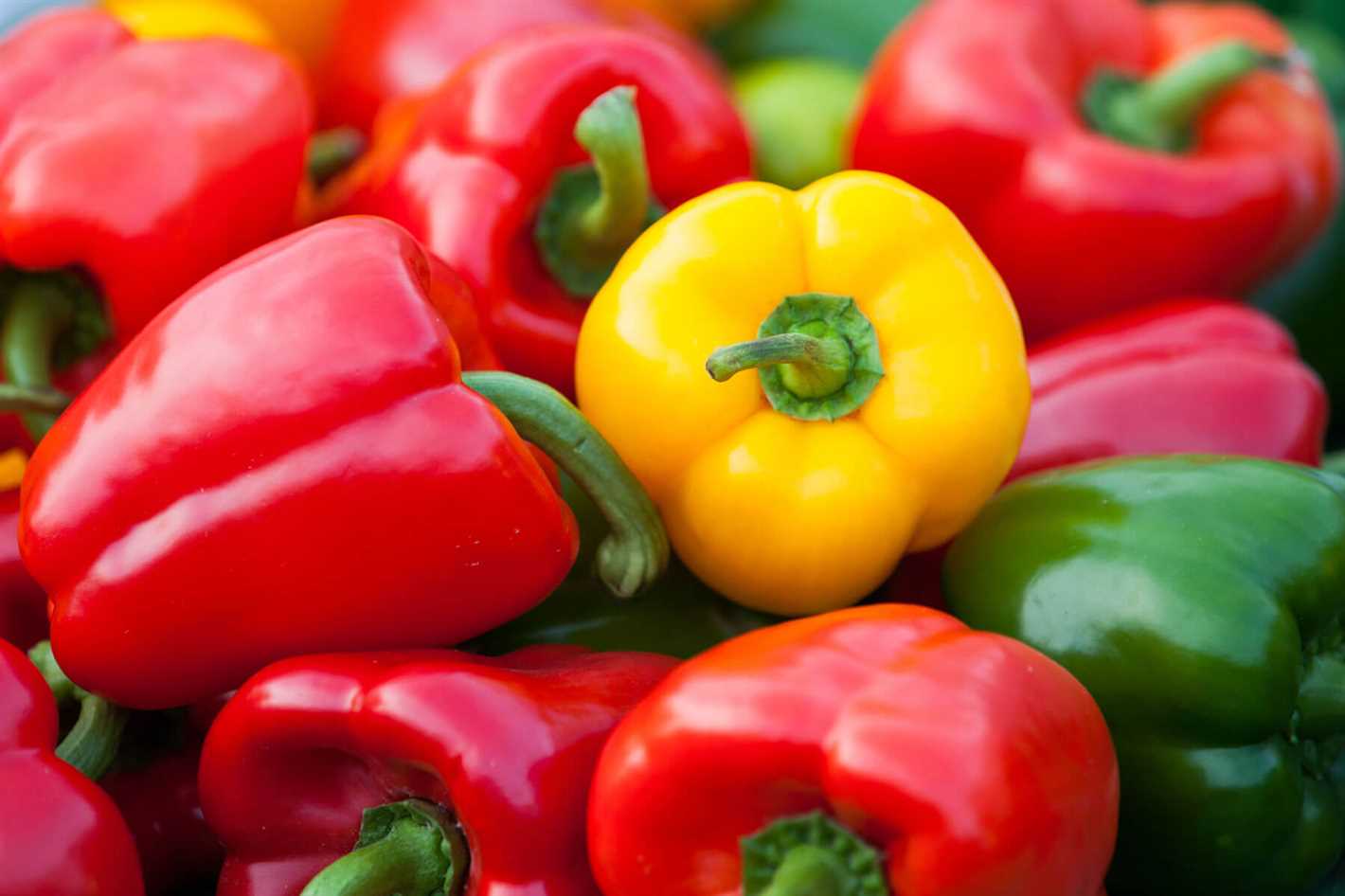
One of the main benefits of room peppers is their versatility in the kitchen. They can be used in a variety of dishes, from salads and stir-fries to salsas and soups. Room peppers come in different colors, including red, green, yellow, and orange, each with its own distinct flavor. Adding room peppers to your meals not only enhances the taste but also boosts the nutritional value.
In conclusion, room peppers are a nutritious and flavorful addition to any diet. With their high nutrient content, digestive benefits, weight management support, antioxidant properties, and versatility in cooking, room peppers offer numerous advantages for your overall health and well-being.
Why Room Peppers Are a Popular Indoor Plant
Room peppers, also known as Capsicum annuum, are a popular choice for indoor gardening. Their compact size and vibrant colors make them a great addition to any indoor space. Here are a few reasons why room peppers are a popular indoor plant:
- Easy to Grow: Room peppers are relatively easy to grow, even for beginners. They thrive in containers and can be grown from seeds or transplants.
- Attractive Foliage: The foliage of room peppers is not only green but can also come in a range of colors including red, yellow, orange, and purple. This adds a pop of color to any room.
- Tasty and Nutritious: Many varieties of room peppers are edible and can be used in cooking. They are rich in vitamins A and C and add flavor and spice to dishes.
- Indoor Ornamentation: Room peppers are not just functional, but they also serve as decorative plants. Their vibrant colors and interesting leaf shapes make them an attractive addition to any indoor setting.
- Air Purifiers: Like other plants, room peppers have the ability to purify the air by removing toxins and releasing oxygen. They can improve indoor air quality and create a healthier environment.
- Low Maintenance: Room peppers do not require excessive care. They need regular watering, indirect sunlight, and well-draining soil. With proper care, they can thrive indoors for a long time.
- Year-Round Harvest: Depending on the variety and growing conditions, room peppers can produce fruit all year round. This means you can enjoy a continuous supply of fresh peppers from your indoor garden.
In conclusion, room peppers are a popular indoor plant due to their ease of care, attractive foliage, edible nature, decorative qualities, air-purifying abilities, low maintenance requirements, and year-round harvest potential. Whether you’re a seasoned gardener or new to indoor plants, room peppers are a great choice to add color and functionality to your indoor space.
Caring for Room Peppers After Picking
Once you have harvested your room peppers, it is important to take proper care of them to ensure they stay fresh and flavorful. Here are some key steps to follow:
1. Sort and clean the peppers
Start by sorting through the peppers and removing any damaged or spoiled ones. Then, give them a gentle wash under cool running water to remove any dirt or debris.
2. Remove the stems and seeds
Using a sharp knife, carefully cut off the stem of each pepper. If you prefer, you can also remove the seeds and membranes from the inside of the peppers.
3. Store in a cool and dry place
Find a cool and dry spot in your kitchen or pantry to store the peppers. Avoid placing them near any sources of heat or moisture, as this can cause them to spoil more quickly.
4. Use them within a week
Room peppers are best consumed within a week of harvesting. While they can last longer if stored properly, their flavor and texture may begin to deteriorate over time.
5. Add to your favorite dishes
Don’t forget to enjoy your room peppers! They can be added to a variety of dishes, such as stir-fries, salads, sandwiches, and pizza. Their vibrant colors and tangy flavor can enhance any meal.
6. Freeze for later use
If you find yourself with an abundance of room peppers, consider freezing them for later use. Simply slice or chop the peppers, place them in airtight containers or freezer bags, and store them in the freezer. They can be used in cooked dishes straight from the freezer without the need to thaw.
By following these care tips, you can make the most of your room peppers and enjoy their fresh taste for as long as possible.
Choosing the Right Location for Your Room Peppers
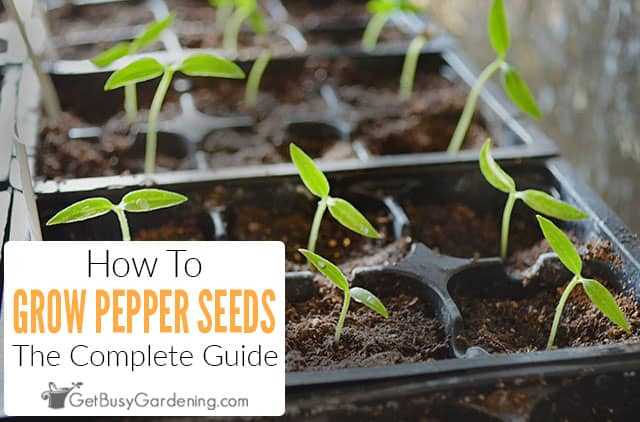
When it comes to growing room peppers, the right location can make all the difference. Room peppers need plenty of sunlight and warmth to thrive. Here are a few factors to consider when choosing the perfect location for your room peppers:
Sunlight
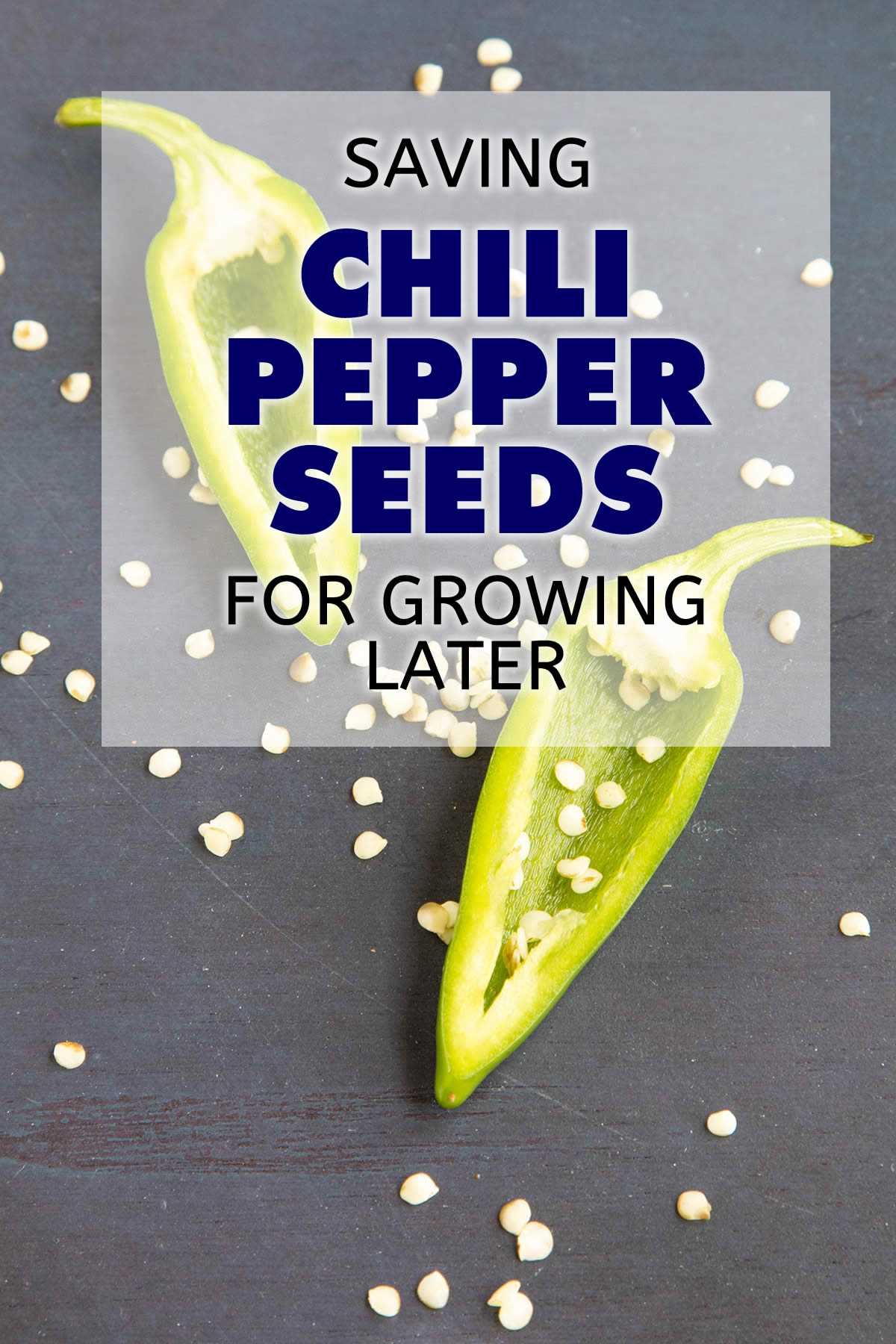
Room peppers require at least 6 hours of direct sunlight a day. Choose a location that receives ample sunlight throughout the day. A south-facing window is usually the best option for indoor room peppers. If you don’t have a window that gets enough sunlight, you can also consider using grow lights to supplement the light.
Temperature
Room peppers prefer warm temperatures between 70°F to 85°F (21°C to 29°C). Avoid placing them near drafty windows or air conditioning vents that can cause temperature fluctuations. A consistent temperature is essential for optimal growth and fruit production.
Humidity
Room peppers thrive in humid environments with humidity levels around 50-70%. If the air in your home is too dry, you can increase humidity by placing a tray of water near the plants or using a humidifier.
Adequate Space
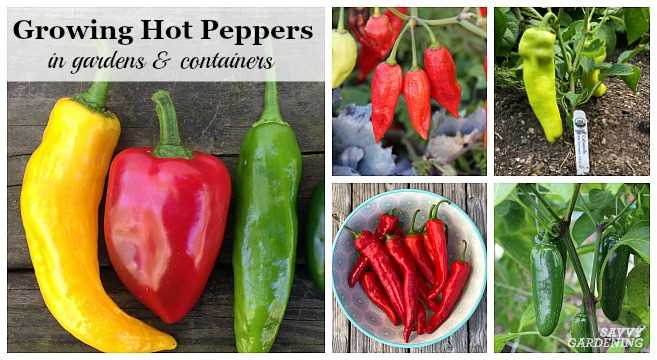
Ensure that your room peppers have enough space to grow. They should be planted in pots or containers that allow for proper root development. Each plant typically requires a pot with a diameter of at least 12 inches (30 cm) to provide sufficient room for the roots to spread.
Avoiding Drafts
Avoid placing your room peppers in locations with drafts. Cold drafts can stunt growth and cause damage to the plants. Keep them away from open windows, exterior doors, and vents to maintain a stable environment for your plants.
By considering these factors when choosing the right location for your room peppers, you can provide them with the ideal conditions for growth and ensure a bountiful harvest of delicious peppers.
Providing the Right Amount of Light for Room Peppers
Room peppers, also known as indoor peppers, require the right amount of light for optimal growth and fruit production. Light is a crucial factor in the growth and overall health of the peppers. Here are some important points to consider when providing light for your room peppers:
1. Indirect sunlight
Room peppers should be placed in a location where they can receive indirect sunlight. Direct sunlight can be too harsh for the delicate leaves and can cause sunburn. Place the peppers near a window where they can receive bright, indirect light throughout the day.
2. Duration of light
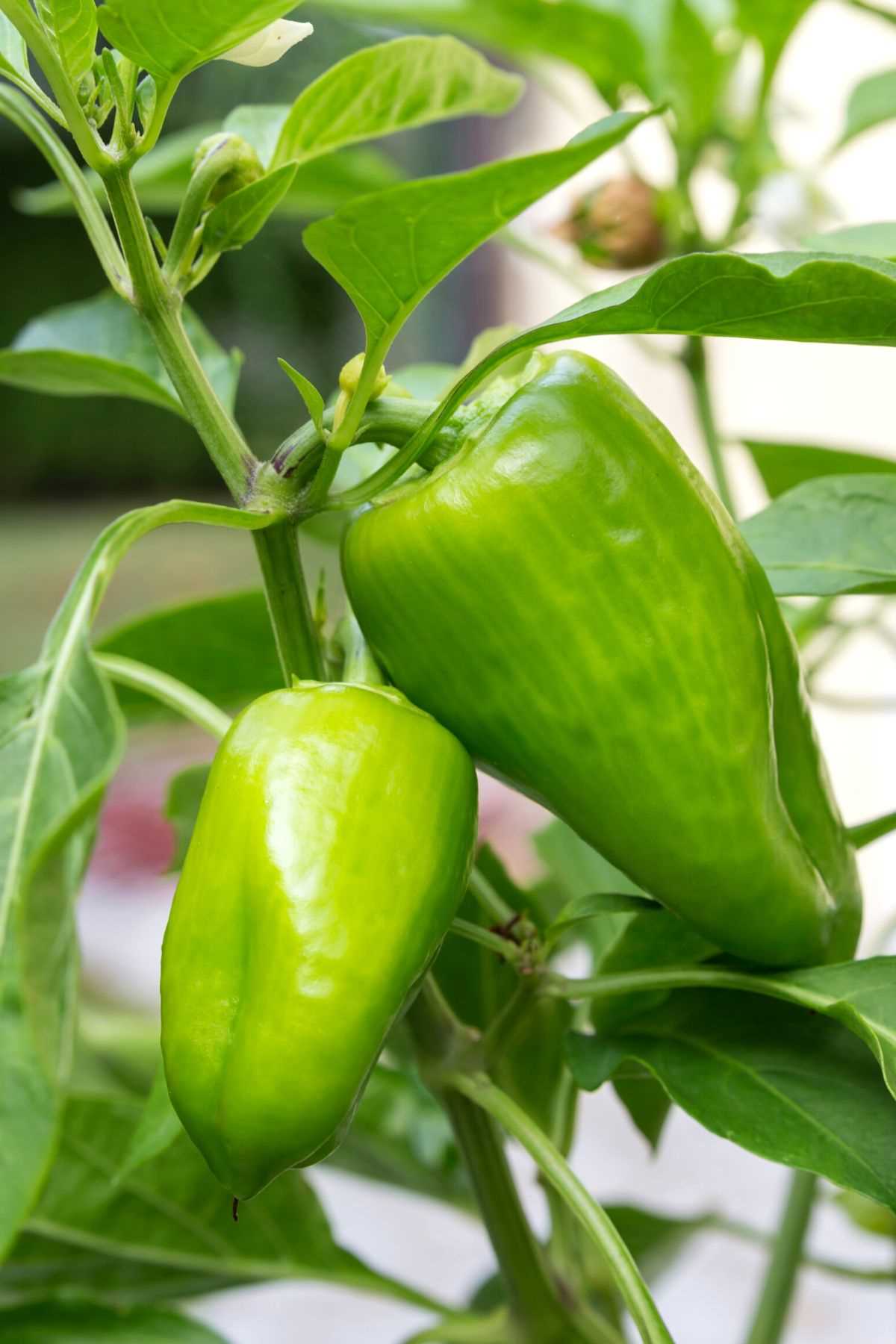
Peppers require at least 6 to 8 hours of light per day to thrive. Ensure that the room peppers receive enough light by keeping them in a well-lit area or supplementing with artificial grow lights. Remember to provide a consistent light schedule to mimic natural daylight hours.
3. Light intensity
While room peppers require bright light, it’s important to avoid exposing them to intense, direct sunlight. This can lead to leaf burn and hinder plant growth. If the peppers are receiving direct sunlight, consider using sheer curtains or placing them slightly away from the window to diffuse the light.
4. Artificial grow lights
If your room peppers are not receiving enough natural light, you can supplement it with artificial grow lights. LED or fluorescent lights are suitable options for indoor pepper plants. Place the grow lights at an appropriate distance from the plants, following the manufacturer’s recommendations for optimal light intensity.
5. Light duration for fruiting
When room peppers start to produce fruit, it’s important to provide them with sufficient light for healthy fruit development. Increase the light duration to 10 to 12 hours per day to ensure proper fruiting. This can be achieved by extending the natural daylight hours or by using artificial grow lights.
By providing the right amount of light for your room peppers, you’ll be ensuring their proper growth, health, and productivity. Remember to monitor the plant’s response to light and make adjustments accordingly to create an ideal growing environment.
Properly Watering Your Room Peppers
Watering your room peppers properly is crucial for their health and growth. The right amount of water at the right time can make all the difference in their development. Here are some important tips for watering your room peppers:
1. Watering Frequency
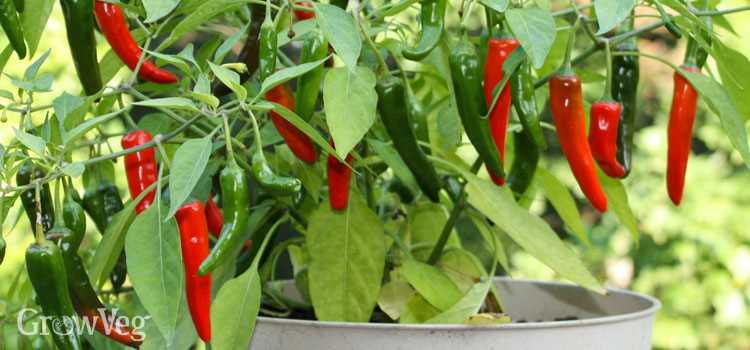
Room peppers generally need watering every 1-2 days, depending on the temperature and humidity levels in your home. It is important to monitor the soil moisture and adjust the watering schedule accordingly.
2. Watering Amount
When watering your room peppers, aim to moisten the soil evenly throughout the pot. Avoid overwatering as it can lead to root rot and other diseases. As a general rule, water until you see it coming out of the drainage holes at the bottom of the pot.
3. Watering Method
One effective way to water your room peppers is through the bottom-up watering method. This involves placing the pot in a tray or saucer filled with water and allowing the plant to soak up water through the drainage holes. This method ensures that the roots receive enough water while preventing excess moisture on the leaves.
4. Water Quality
The quality of water used is also important for the health of your room peppers. Avoid using water that is high in salt or chlorine, as it can damage the roots. It is recommended to use filtered or distilled water, or allow tap water to sit out for 24 hours to let the chlorine evaporate.
5. Maintaining Moisture Levels
In addition to regular watering, it is important to maintain the moisture levels around your room peppers. You can do this by placing a tray of water near the plants or using a humidifier to increase humidity levels, especially during dry periods.
6. Signs of Underwatering/Overwatering
Keep an eye out for signs of both underwatering and overwatering in your room peppers. Underwatering may result in wilting leaves, dry soil, and stunted growth. Overwatering, on the other hand, may cause yellowing leaves, root rot, and fungal diseases. Adjust your watering routine accordingly if you notice any of these signs.
By following these tips, you can ensure that your room peppers receive the proper amount of water for healthy growth and development.
The Importance of Watering Room Peppers
Watering is an essential aspect of caring for room peppers, as it plays a crucial role in their growth and overall health. Proper hydration is vital for the plant’s ability to absorb nutrients and perform essential functions. Here are some reasons why watering room peppers is important:
1. Hydration
Water is essential for all living organisms, including room peppers. Adequate hydration ensures that the plant’s cells are plump and turgid, allowing for optimal growth and development. Insufficient water supply can lead to wilting, stunted growth, and even death of the plant.
2. Nutrient Absorption
Water serves as a medium for transporting essential nutrients from the soil to the roots of the room peppers. Without sufficient water, the plants may struggle to uptake necessary minerals, resulting in nutrient deficiencies and poor overall health.
3. Photosynthesis
Water is a key component in the process of photosynthesis, which is crucial for the plant’s energy production. During photosynthesis, the plant uses water, along with carbon dioxide and sunlight, to convert them into glucose and oxygen. Without adequate water, the room peppers may not be able to produce enough energy for growth and fruit development.
4. Cooling Mechanism
Watering room peppers helps to regulate the temperature around the plant. As the water evaporates from the leaves, it creates a cooling effect, preventing the plant from overheating in hot weather. This is particularly important for maintaining the plant’s metabolic processes and preventing heat stress.
5. Disease Prevention
Proper watering practices can help prevent the occurrence of diseases in room peppers. Overwatering can lead to root rot and fungal infections, while underwatering can cause stress and make the plants more susceptible to pests and diseases. Finding the right balance is crucial to keep the plants healthy and disease-free.
6. Fruit Development
Watering is especially important during the fruit development stage of room peppers. A consistent water supply ensures that the fruits grow plump and flavorful. Inadequate water supply can result in small, underdeveloped fruits with a less desirable taste.
Overall, watering is an essential aspect of caring for room peppers. It sustains their hydration, aids nutrient uptake, supports photosynthesis, regulates temperature, prevents diseases, and contributes to the development of quality fruits. Understanding the importance of watering and finding the right balance is key to cultivating healthy and thriving room peppers.
The Impact of Watering on Room Pepper Growth
Watering is a crucial factor that directly affects the growth and development of room peppers. The proper amount of water, at the right time, can make all the difference in the health and productivity of your pepper plants.
The Role of Water in Room Pepper Growth
Water is essential for the survival and growth of all plants, including room peppers. It plays several important roles in the overall development of pepper plants:
- Transportation of nutrients: Water acts as a carrier, transporting essential nutrients from the roots to different parts of the plant, including the leaves, stems, and fruits.
- Photosynthesis: Water is a key component in the process of photosynthesis, which is crucial for the production of energy and food for the plant. Without sufficient water, photosynthesis cannot occur efficiently.
- Regulation of temperature: Water helps regulate the temperature of the plant by absorbing and releasing heat. This is particularly important in maintaining the optimal temperature for room peppers.
The Importance of Proper Watering Techniques
Proper watering techniques are important to ensure the healthy growth and development of room peppers. Here are some key points to consider:
- Avoid overwatering: Overwatering can lead to root rot and other fungal diseases. It is important to water the plants thoroughly but avoid letting the soil become waterlogged.
- Consistent moisture: Maintaining consistent moisture levels is important for pepper plants. Irregular watering can cause stress to the plants and affect their overall growth.
- Watering from the bottom: Watering from the bottom, such as using a tray or saucer, is often recommended for room peppers. This allows the roots to absorb water as needed without excessive moisture on the foliage, which can promote disease.
- Observe the plant’s needs: Different environmental factors, such as temperature, humidity, and sunlight, can affect the watering needs of room peppers. It is essential to observe the plant’s behavior and adjust the watering schedule accordingly.
Conclusion
Watering is a vital aspect of caring for room peppers. The appropriate amount of water, along with proper watering techniques, is essential for the healthy growth and productivity of these plants. By understanding the impact of watering and implementing good watering practices, you can ensure the success of your room pepper plants.
The Role of Watering in Room Pepper Health and Yield
Watering is a crucial element in the overall health and productivity of room peppers. Proper watering techniques ensure that peppers receive the necessary hydration for growth and development. In this article, we will discuss the importance of watering in maintaining the health and yield of room peppers.
1. Watering Frequency
The frequency of watering room peppers depends on various factors such as the soil type, weather conditions, and stage of plant growth. Generally, peppers require regular watering to keep their soil consistently moist, but not waterlogged. Overwatering can lead to root rot and various diseases.
It is important to monitor the moisture level in the soil by checking it regularly. Stick a finger into the soil up to the knuckle. If the soil feels dry, it’s time to water the peppers.
2. Watering Techniques
When watering room peppers, it is best to use a gentle stream of water that allows it to soak into the soil without causing erosion or damage to the plants. Avoid using high-pressure sprays or pouring water directly onto the leaves, as this may lead to fungal diseases.
Water should be applied evenly around the base of the plants. Ensure that the water reaches the root zone, where the majority of the roots are located. Aim for a slow trickle of water that allows the soil to absorb it properly.
3. Watering Amount
The amount of water required by room peppers varies depending on factors such as the size of the plant, weather conditions, and the stage of growth. As a general rule, peppers require about 1-2 inches of water per week, but this can vary.
It is crucial to strike a balance between underwatering and overwatering. Underwatering can lead to stunted growth and poor fruit development, while overwatering can drown the roots and hinder nutrient uptake.
4. Watering Schedule
Establishing a regular watering schedule is essential for the health and productivity of room peppers. Peppers benefit from consistent moisture, so it is recommended to water them deeply and infrequently rather than shallowly and frequently.
It is best to water peppers in the morning or early afternoon, allowing the leaves to dry before evening. This helps prevent the onset of fungal diseases that thrive in moist conditions. Avoid watering during the hottest part of the day, as the water may evaporate before the plants can absorb it.
5. Mulching
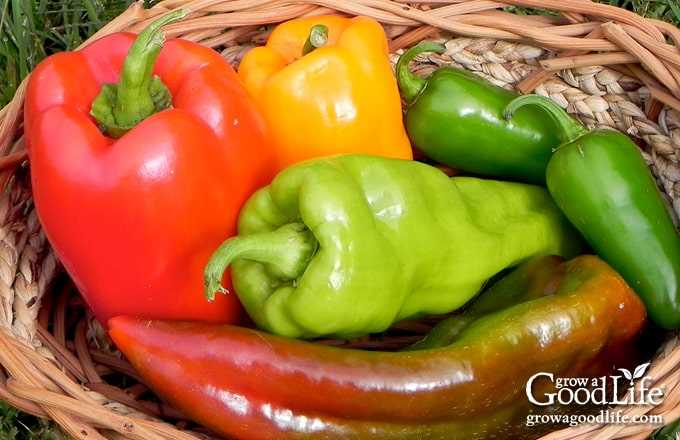
Mulching is a beneficial practice that can help retain soil moisture and reduce the frequency of watering. Apply a layer of organic mulch, such as straw or wood chips, around the base of the peppers. This helps suppress weed growth and insulates the soil, keeping it cool and moist.
In conclusion, watering plays a vital role in maintaining the health and productivity of room peppers. Proper watering techniques, including monitoring the frequency, techniques, amount, and schedule, can help ensure optimal growth and yield. By providing adequate moisture, room peppers will thrive and produce delicious fruits for your enjoyment.
Q&A:
Why is watering important for room peppers?
Watering is important for room peppers as it helps in providing them with the necessary hydration and nourishment. It helps in maintaining the moisture levels in the soil, ensuring that the plants have enough water to support their growth and development. Additionally, adequate watering also helps in preventing the plants from wilting or drying out.
How often should I water room peppers?
The frequency of watering room peppers depends on several factors, including the size of the plant, the type of potting soil used, and the environmental conditions. In general, it is recommended to water room peppers when the top inch of the soil feels dry to the touch. Overwatering should be avoided, as it can lead to root rot and other complications.
What is the best way to water room peppers?
The best way to water room peppers is to thoroughly soak the soil until the water starts to drain out from the bottom of the pot. This ensures that the water reaches the deeper roots and promotes healthy root development. It is important to avoid shallow watering, as it can lead to shallow root growth and a weaker plant.
Can I use tap water to water my room peppers?
Tap water can be used to water room peppers, but it is important to consider the quality of the water. If the tap water is high in chlorine or other chemicals, it may be beneficial to let it sit out overnight to allow some of the chemicals to evaporate. Alternatively, using filtered or distilled water can help in providing the plants with clean and chemical-free water.
What should I do after picking room peppers?
After picking room peppers, it is important to handle them with care to avoid bruising or damaging the fruit. They should be stored in a cool, dry place away from direct sunlight. If the peppers are not going to be used immediately, they can be stored in the refrigerator for a longer shelf life. It is also important to clean and sanitize the area where the peppers were stored to prevent any potential bacterial contamination.
Video:
How to Make Your Pepper Plants Produce All Season







